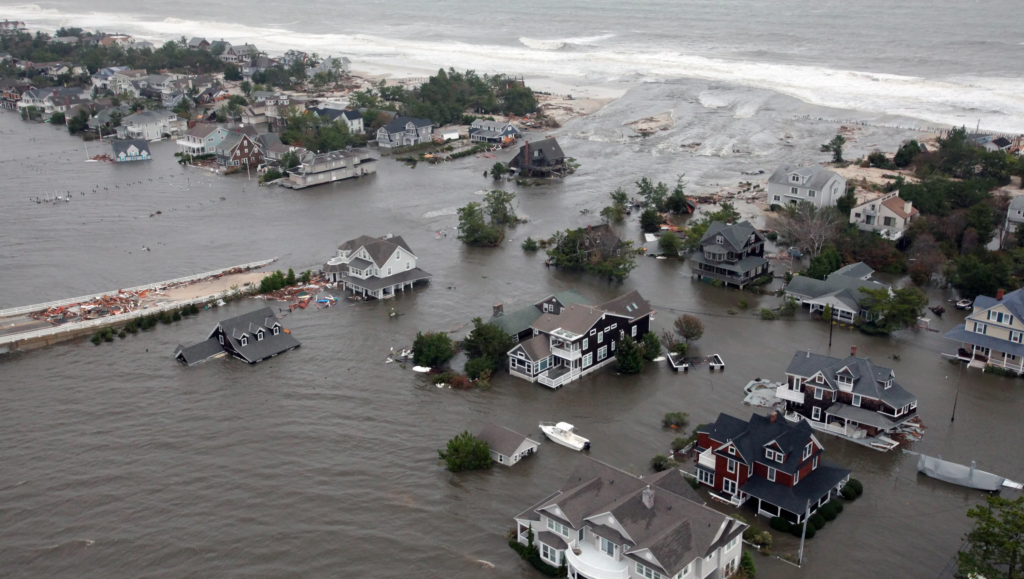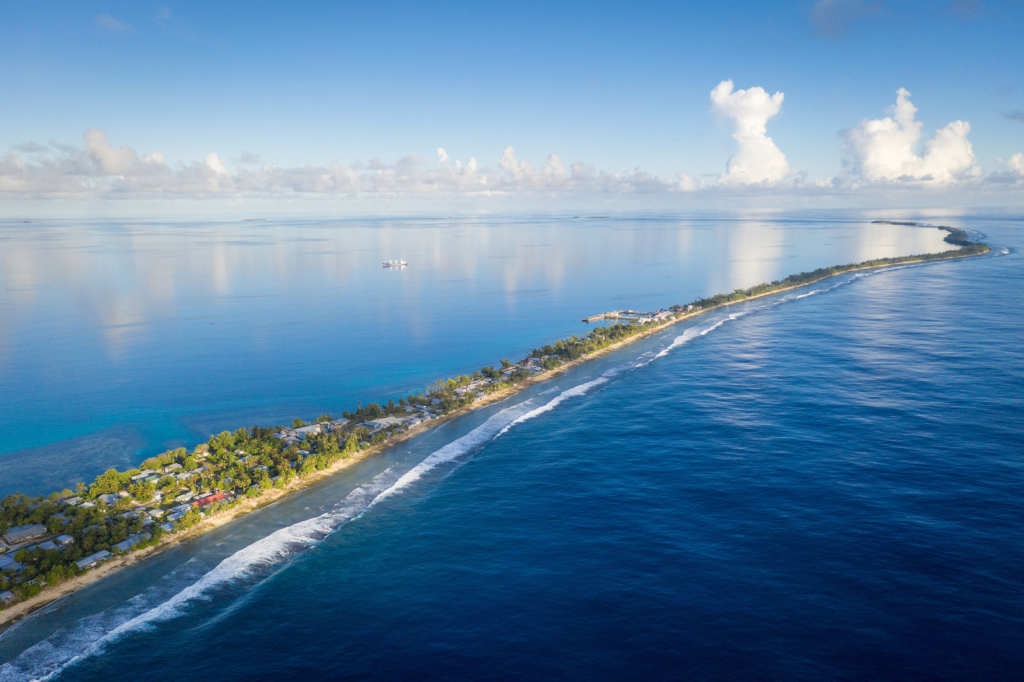Rising ocean levels impact on U.S. historic coastal communities is becoming an urgent concern for residents, historians, and local governments. As seas rise due to climate change, many of America’s treasured coastal towns face increasing risks of flooding, erosion, and even permanent loss. This threat goes beyond environmental damage—it also brings cultural and economic challenges.
Coastal communities along the Atlantic, Gulf, and Pacific coasts have long been shaped by their connection to the ocean. These towns hold historic buildings, landmarks, and traditions that tell the story of America’s past. However, rising waters are making it harder to protect these cultural treasures.
This article explores the effects of rising ocean levels on U.S. historic coastal communities, focusing on both cultural and economic losses. It also considers ways to preserve and protect these irreplaceable places.
What Causes Rising Ocean Levels?
Rising ocean levels mainly happen for two reasons: melting ice from glaciers and polar ice caps, and the expansion of seawater as it warms. Both are linked to global warming.
Sea levels have been rising faster in recent decades. Although a few inches might seem small, even minor increases can lead to more frequent and severe flooding in low-lying coastal areas, especially during storms or high tides. Historic communities located near the shore are often the most vulnerable.

Cultural Loss in Historic Coastal Communities
Damage to Historic Buildings and Landmarks
Many U.S. coastal towns have buildings and landmarks that are hundreds of years old. These include colonial homes, lighthouses, forts, and old docks that have survived many generations. Rising ocean levels threaten these structures in several ways.
Flooding can weaken building foundations and cause materials like wood to rot. Saltwater can corrode metal and damage stonework, speeding up decay. Coastal erosion can also cause land to wash away, sometimes forcing buildings to be moved or even demolished.
For example, Nantucket in Massachusetts, famous for its whaling history, faces erosion and flooding problems. Charleston, South Carolina, also struggles with flooding in its historic districts during unusually high tides.
Threat to Community Traditions and Identity
Historic coastal communities are not just about old buildings. They are also places where cultural traditions, stories, and local ways of life have been passed down for generations. Rising seas disrupt these communities by forcing people to move or change how they live.
When homes become flooded or unsafe, families may leave, breaking social bonds that hold communities together. Fishing, boating, and other maritime traditions risk being lost if local waterways and shorelines change. These changes also affect tourism, which often depends on a town’s historic charm and cultural activities.
Economic Loss from Rising Ocean Levels
Property Damage and Falling Values
Flooding and erosion don’t just harm cultural sites; they cause major economic damage too. Repairing historic buildings is often expensive because it requires special care to preserve their character.
In some cases, damaged properties lose value or become impossible to insure, leading to financial losses for owners and the community.
Decline in Tourism
Many historic coastal towns rely heavily on tourism. Visitors come to enjoy landmarks, museums, and festivals tied to local history. When flooding or erosion threatens these attractions, fewer tourists visit, which hurts local businesses and jobs.
Places like Mystic Seaport in Connecticut or St. Augustine in Florida are well-known historic destinations that face increasing costs to protect their waterfronts from rising seas.
Impact on Infrastructure and Local Businesses
Rising seas also damage roads, bridges, utilities, and other infrastructure. Businesses near the shore may have to close temporarily or permanently due to flooding, causing job losses and economic disruption.
Communities often face tough choices about investing in costly flood defenses or rebuilding damaged infrastructure, sometimes at the expense of other public needs.
Examples of Vulnerable Historic Coastal Communities
Charleston, South Carolina
Charleston’s historic downtown is famous for well-preserved architecture dating back hundreds of years. The city regularly faces flooding from high tides and storms, leading to costly efforts to raise streets and build flood barriers.
New Orleans, Louisiana
New Orleans is vulnerable because much of the city lies below sea level near the Gulf of Mexico. Its French Quarter, one of the country’s oldest historic districts, faces risks from rising water and hurricane storm surges.
Provincetown, Massachusetts
Known for its fishing village heritage and historic district, Provincetown is threatened by shoreline erosion and rising seas. The community is working on natural defenses like dune restoration to protect its coast.

How Can Historic Coastal Communities Be Protected?
Adaptation and Resilience Measures
Communities are using several strategies to protect themselves from rising seas.
Building seawalls and flood barriers can help keep water out, though these solutions can be expensive and sometimes harm the natural environment.
Some places raise historic buildings on stilts or pilings to reduce flood damage, though this can alter their historic appearance.
In some cases, relocating buildings or even whole communities inland may be the only long-term option, though it’s complicated and costly.
Natural solutions like restoring wetlands, dunes, and oyster reefs can help protect shorelines while supporting local ecosystems.
Preservation Through Documentation
Where protection isn’t possible, detailed records, photos, and digital archives can help preserve the memory and significance of historic sites for future generations.
Community and Policy Actions
Government grants and funding are critical to supporting preservation and resilience projects.
Engaging local communities in planning and decision-making helps ensure solutions respect cultural values.
Ultimately, addressing climate change itself by reducing greenhouse gas emissions is the most important step in slowing rising ocean levels.
Conclusion: Protecting America’s Coastal Heritage
Rising ocean levels impact on U.S. historic coastal communities is a growing crisis with both cultural and economic consequences. Flooding, erosion, and saltwater damage threaten buildings, traditions, and local economies.
Protecting these communities will require a mix of engineering solutions, natural defenses, careful preservation, and strong community involvement. Beyond that, taking action to slow climate change is essential to safeguard America’s coastal heritage for future generations.
By understanding the risks and supporting sustainable solutions, we can help keep these unique places alive—honoring the history and culture that define so much of America’s coastal identity
Do Follow USA Glory On Instagram
Read Next – Marginalized Voices in Climate Activism: Visibility, Access & Leadership






